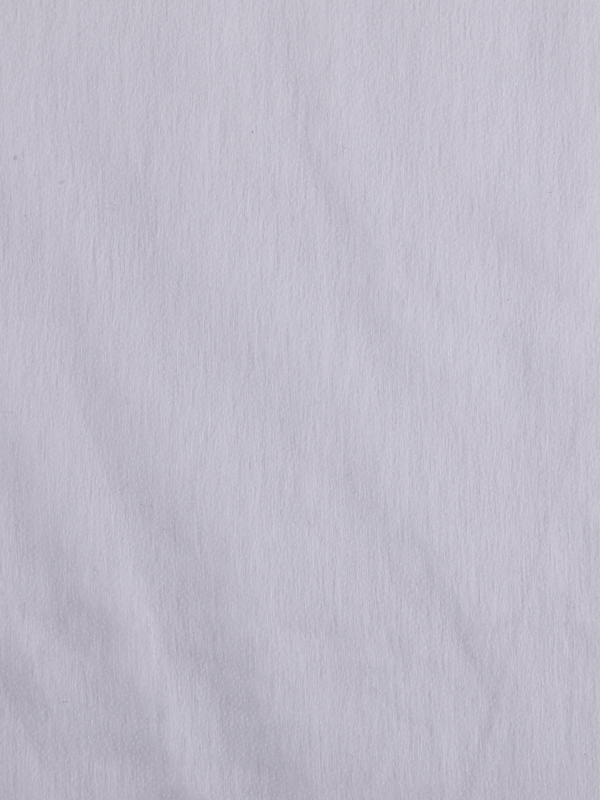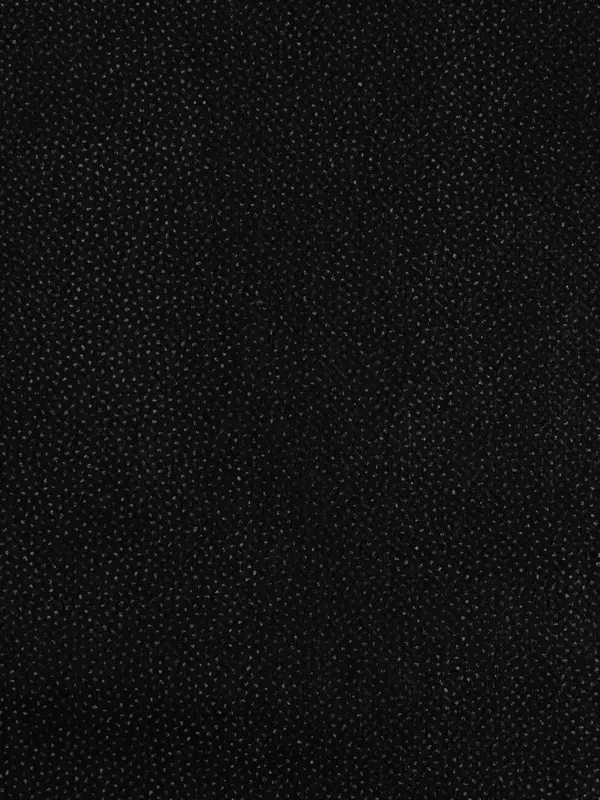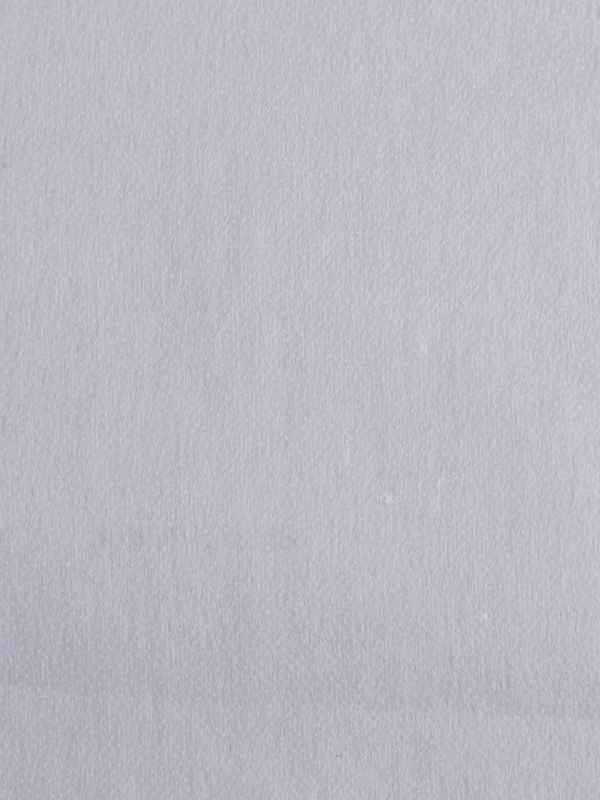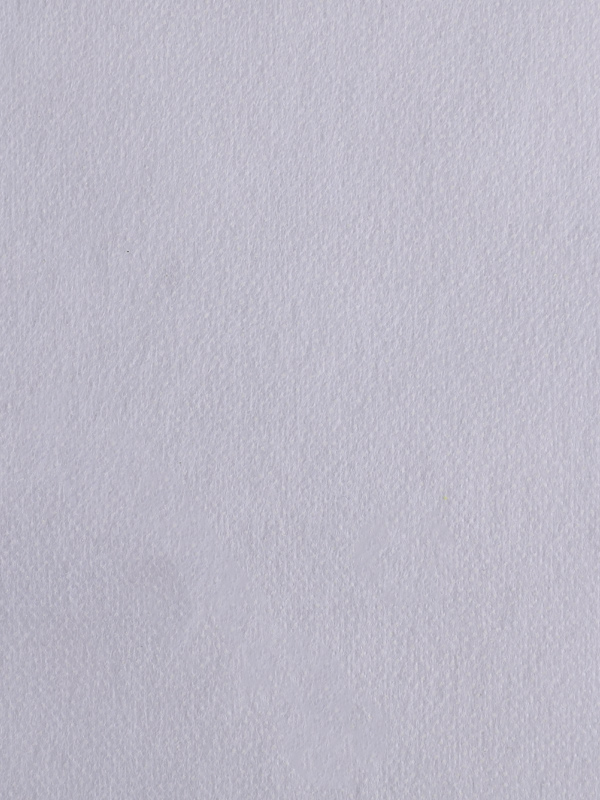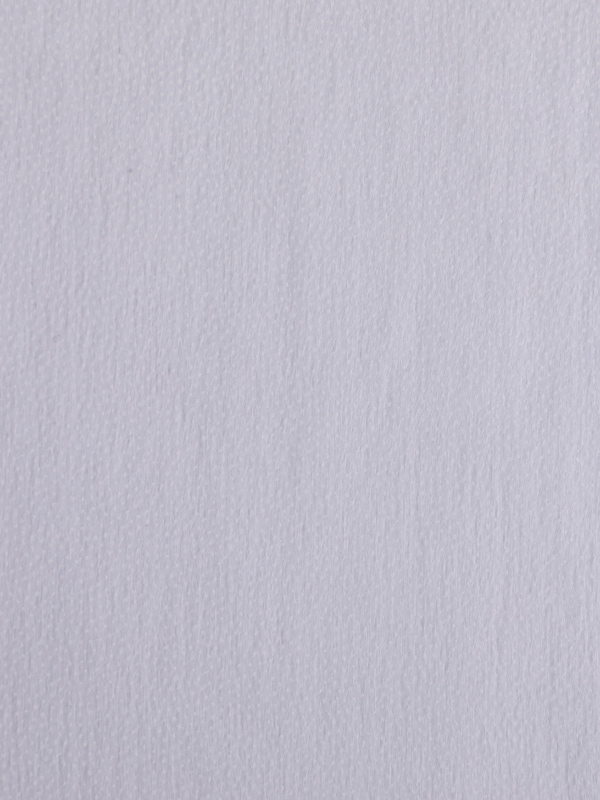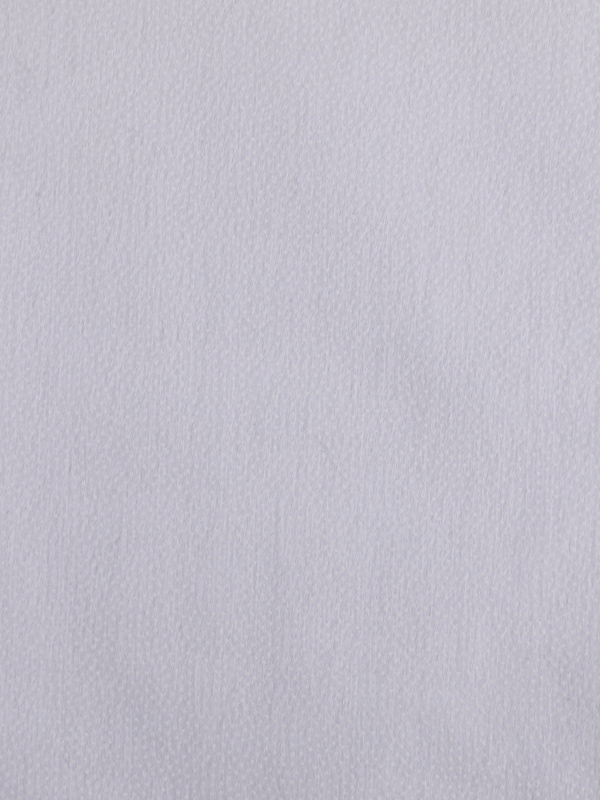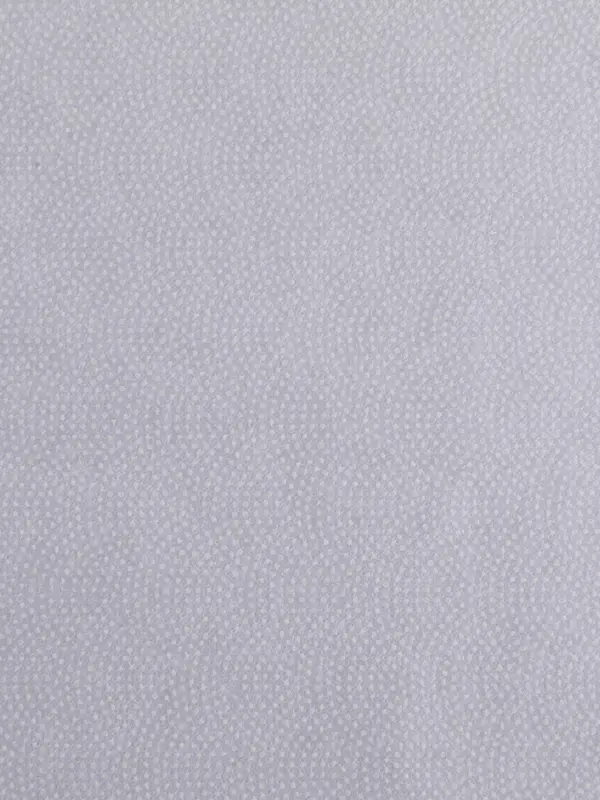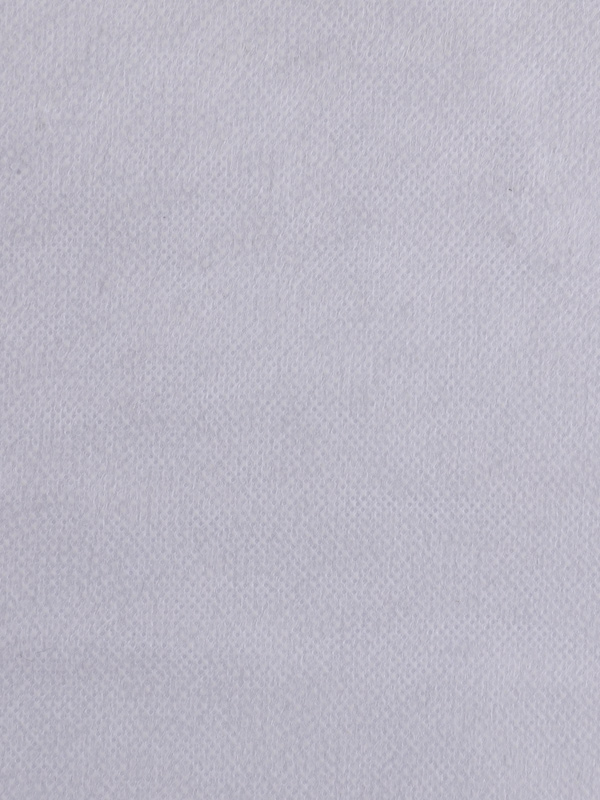Interfacing fabric can come in many types. Some types are lightweight while others are heavy and stiff. Lightweight interfacing is perfect for most dressmaking projects, while medium weight interfacing works well with heavier cottons. Heavy weight interfacing is usually only used in coats and jackets. It can also be used to make hats and bags.
Non-woven interfacing is the most popular type. The non-woven type doesn't have any grain and is more paper-like. Some types may soften after washing. The main purpose of interfacing is to give a garment added strength and stability. While non-woven interfacing is the most common, there are other types of interfacing that can be used to enhance the look of your garment.
A good way to decide what type of interfacing to use is to consult the sewing pattern. Most patterns will indicate which type of interfacing is needed. When choosing the type of interfacing, you should also take into account the type of fabric. For example, a knit fabric needs a type of interfacing that will stretch.
When choosing an interfacing fabric, remember to choose the right weight. You should avoid using heavy weight interfacing in lightweight fabrics, as it changes the structure and drape. Lightweight interfacing is best for fabrics that are not likely to experience heavy wear. For midweight fabrics, medium weight interfacing is the best choice. It adds strength without making them stiff or uncomfortably stretchy.
Interfacing Fabric has many uses, but most commonly, it's used to reinforce parts of a garment. This makes cuffs, lapels, and collars more sturdy. It can also stabilize fabric parts where they tend to move, like a zipper or buttonhole. In addition to clothing, interfacing is useful in household curtains and bags.
Generally, woven or poly cotton fabrics are the best options for interfacing. You can also use a muslin-type fabric that has been stiffened using starch or chemical additives. This fabric is also relatively cheap. Other good options include cotton-poly blends, sheer fabrics, and loosely woven fabrics. You should always select a fabric of the appropriate weight and stiffness for the interface.
The type of interfacing fabric you choose will depend on the type of fabric you're making. A woven fabric requires a stiffer interfacing fabric than a knit fabric. A knit fabric can also benefit from a woven interfacing. If you're using interfacing for an embroidery project, a non-woven tear-away interfacing is a good choice. These interfacings can be removed once the embroidery is complete.
Interfacing fabric can be used to add a more tailored shape to a garment. It gives the garment more structure and helps it fit better. It can also make the main body of the garment appear smoother. Some sewing patterns may call for more interfacing than others, and this is usually because they have vulnerable areas that need to be reinforced.
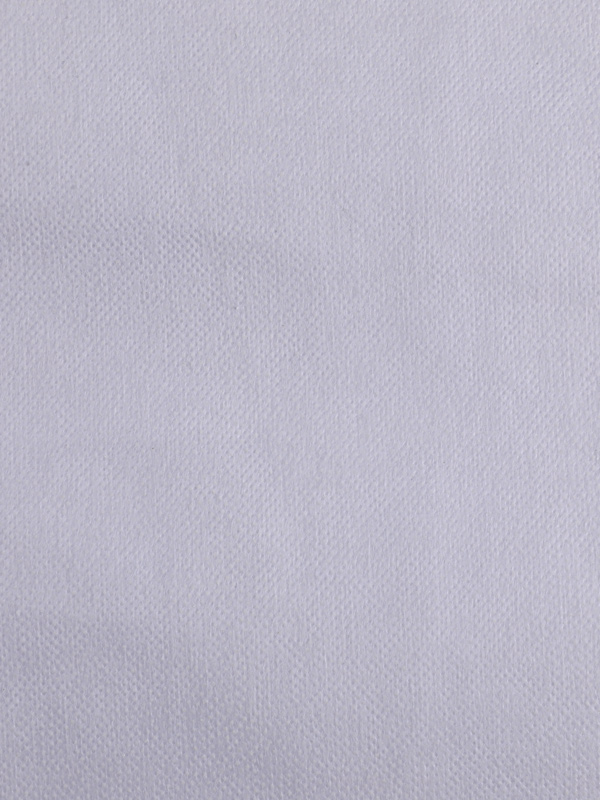
Product number: 5085
Composition :Polyester
Glue:PES
Hand Feel :hard
Weight (range): heavy
Width(cm) : 90/100/150
Color: White/Black/Off White/Charcoal
